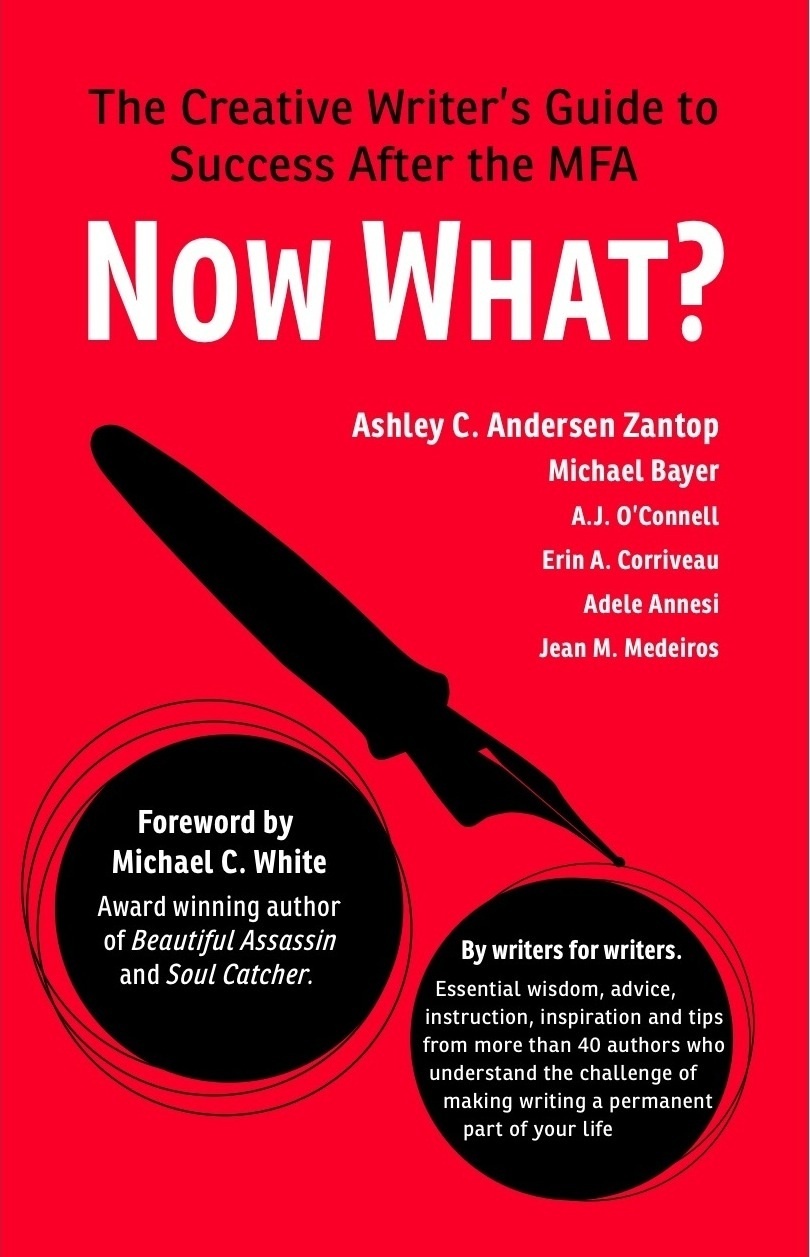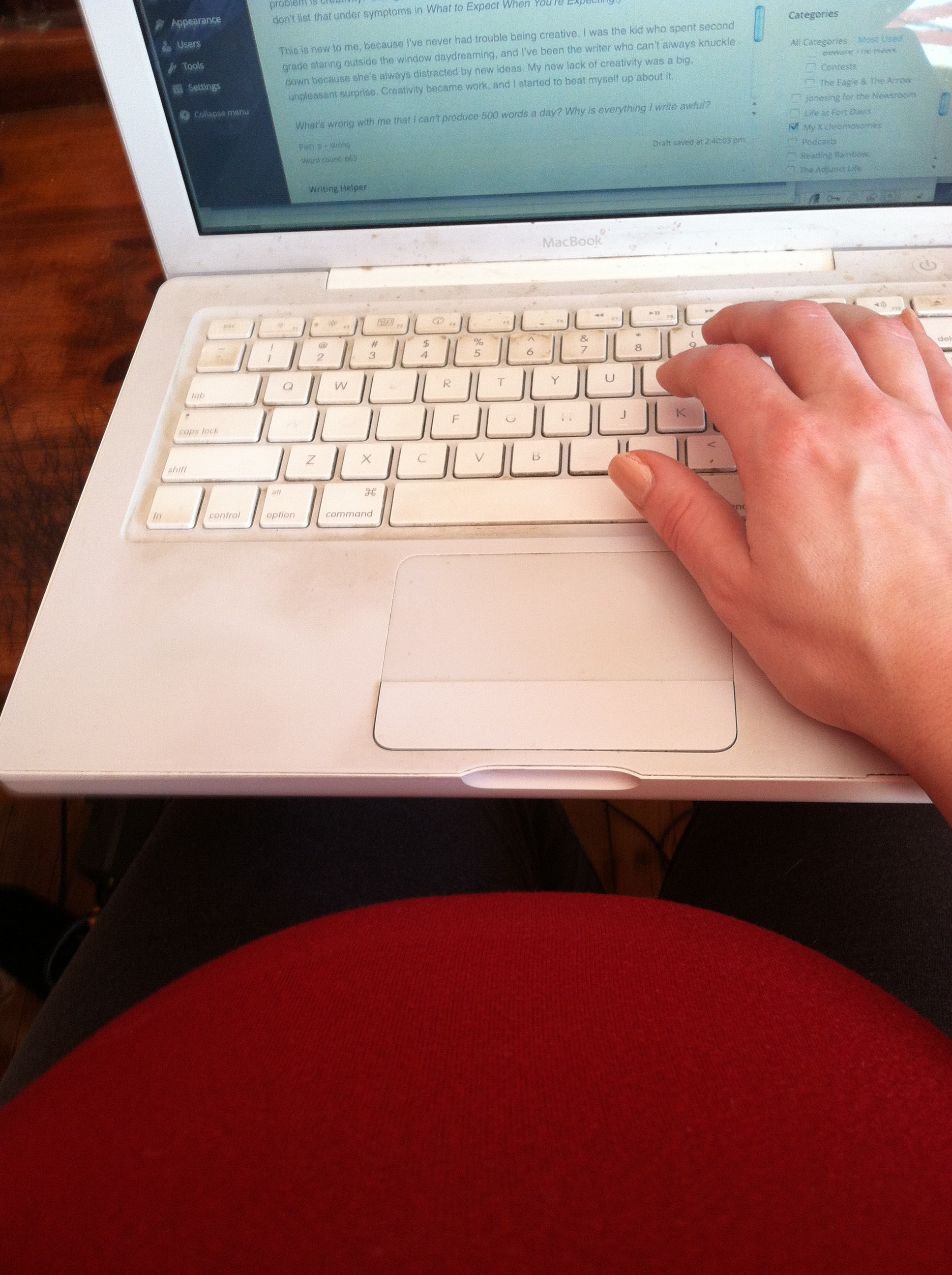After I graduated from my MFA program in 2011, I wrote about how it can be a struggle to keep writing after getting a Masters of Fine Arts degree in fiction: you leave a ready-made community of writers and a system of built-in deadlines and head back out into the world, where life is waiting in the shadows, twirling its proverbial mustache and rubbing its hands together with wicked glee, just waiting to get in the way of your good writing habits.
So what do you do? I’ve tried to answer that question for myself on this blog a few times, but now I can share a project I’ve been working on with several other writers, which answers the question in much greater depth.
Allow me to introduce Now What? The Creative Writer’s Guide to Success after the MFA. It’s a non-fiction book containing essays by 46 contributors who all attempt to answer that very question: Now what?
The book’s electronic edition is being launched this very evening at the AWP conference, so if you’re out in Seattle right now, you should definitely head to the swanky launch party at the Seattle Art Museum tonight at 6:30 p.m. I won’t be there — I’m too close to my due date for travel — but all sorts of fun people who are still allowed to drink will in attendance.
I worked as a chapter editor on this book for a little more than a year, so I can say with authority (because I’ve read my two chapters over and over and discussed other chapters with other editors) that although the book is aimed at MFA grads, you don’t need to be one to benefit from the book.
There are essays about finding agents, about the publishing industry, about working with writing groups and there’s one chapter, which I think will be very popular because it addresses the question of how to make ends meet while working on your masterpiece.
Definitely check it out if you’re at AWP this week. (I mean, there’s a party and you’re right there – why wouldn’t you go?) If you’re not there, check it out on Amazon, and if you’re more interested in a physical book, no worries; the paperback edition will be released in July. (Did I mention that the book also includes an article about e-books vs. physical books? Guess who contributed that one.)




